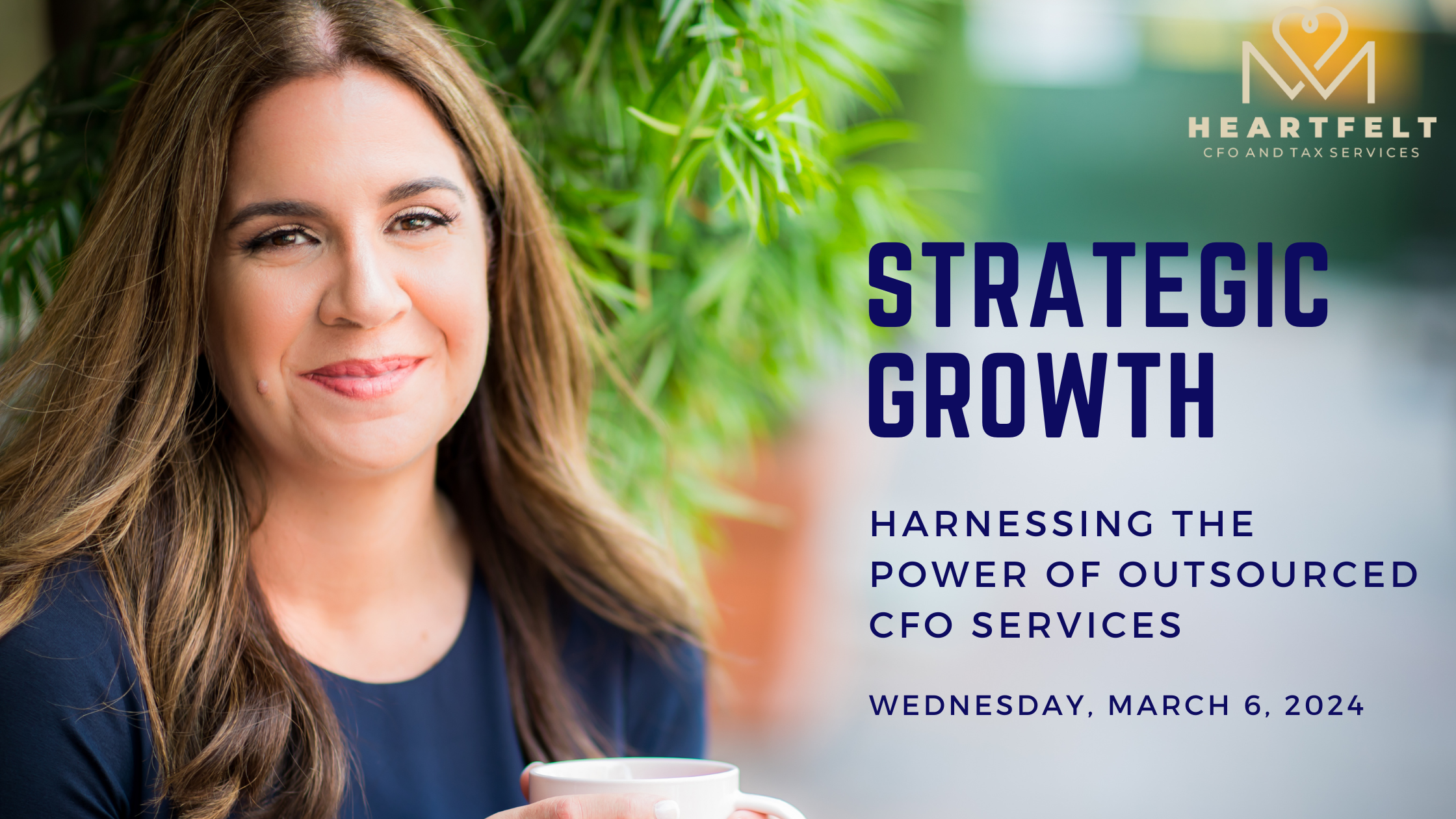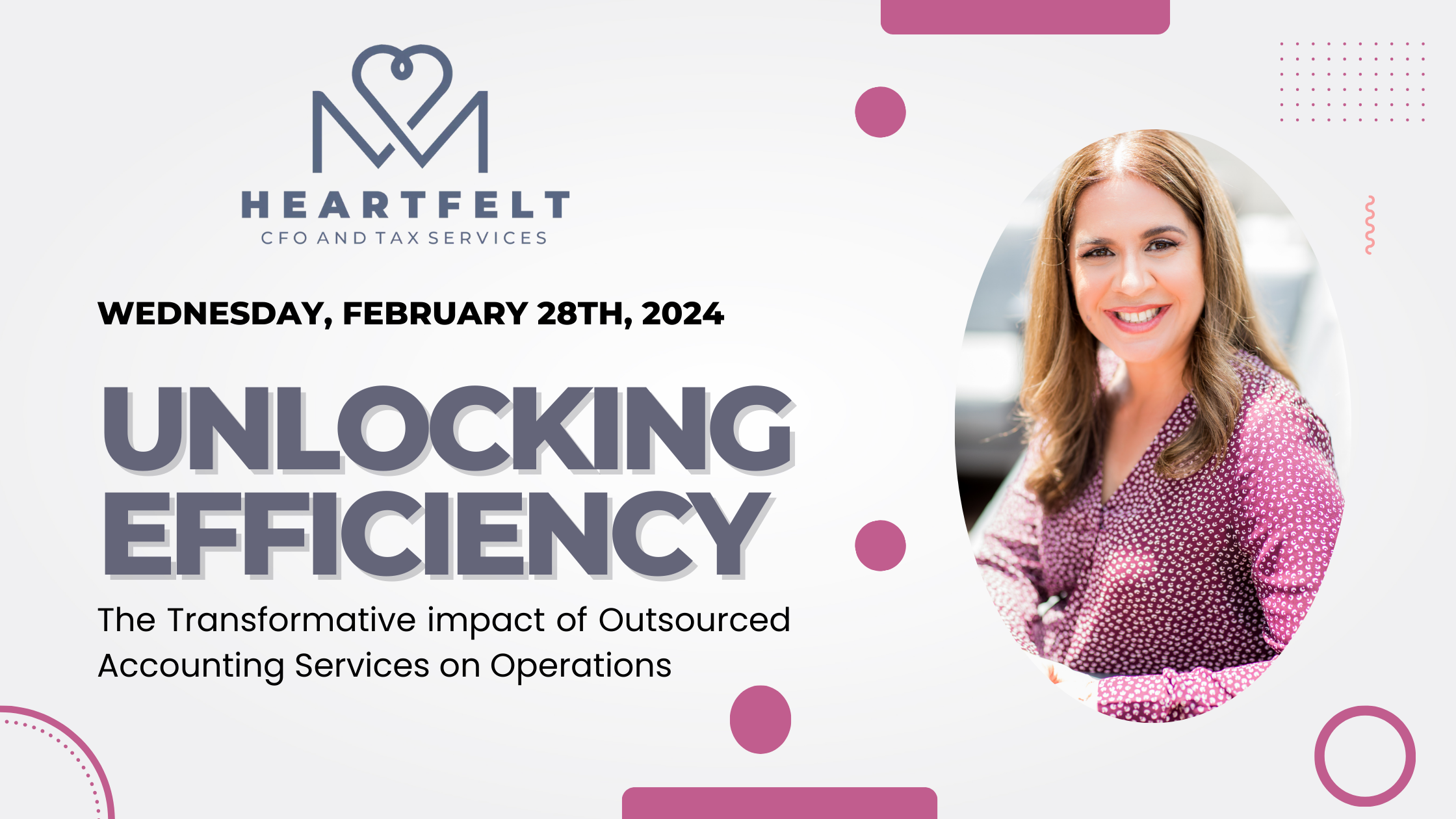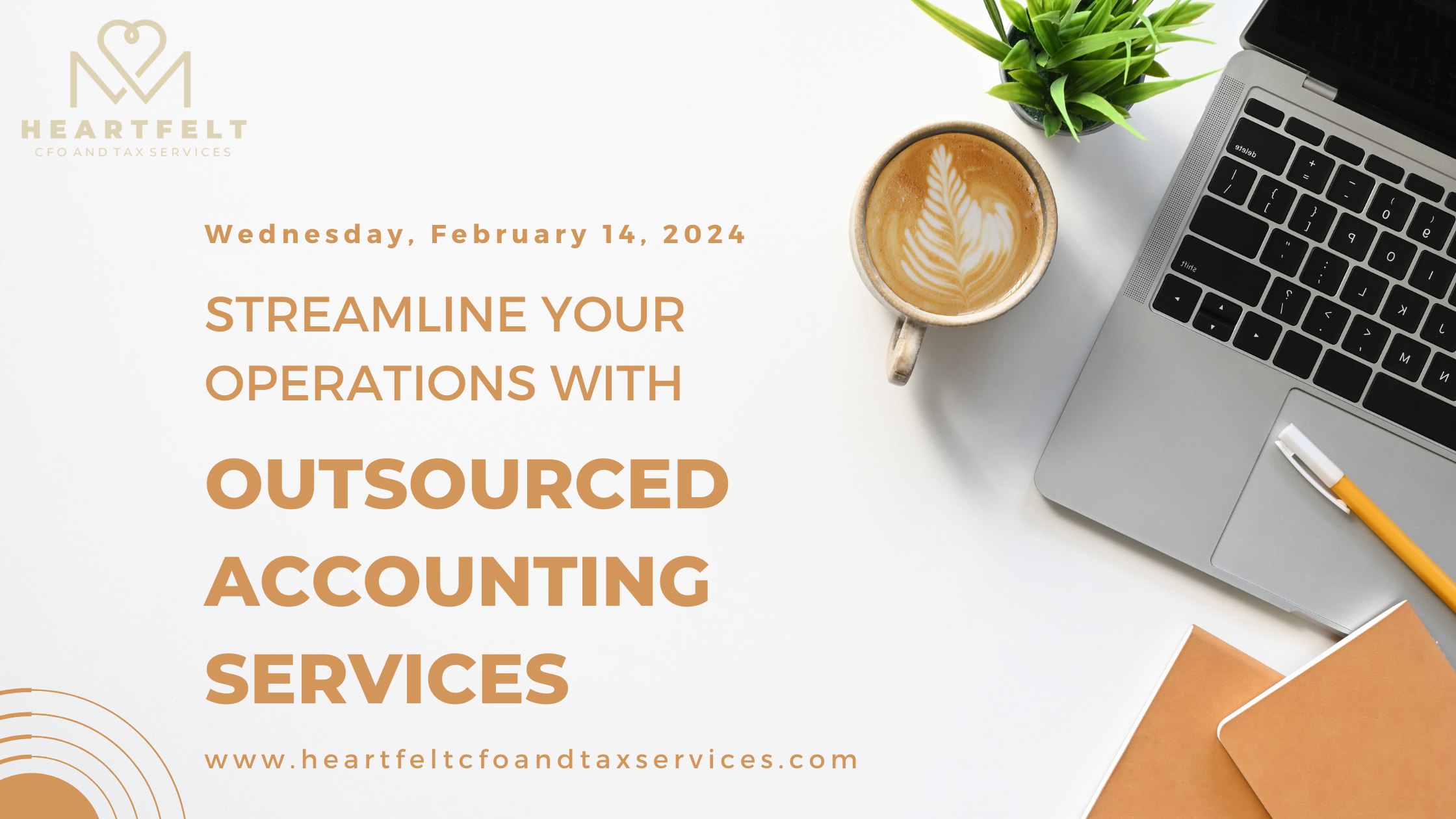A functional, thorough financial section substantiates your claims, and certifies your business as a practical prospect. In fact, many investors won’t fund your business without a financial section that dictates precisely how you plan to utilize your resources. In this post, we’ll detail how you can construct this financial section in order to appeal to investors.
So, What is the Goal of the Financial Section of a Business Plan?
Like online bookkeeping or accounting reports, financial projections use terms like profit and loss, balance sheet and cash flow. But instead of logging transactions, the financial section of a business plan uses these factors to inform guesses about the company’s profitability.
Basically, this information should demonstrate to people on your team how you plan to make money. However, equally important is how this section must act as a reference guide for running your business. Generally, the most important part of writing a valid business plan is realism. Being too conservative or liberal may be an obstacle if you eventually plan to expand. A virtual CFO can help you to present this information in a way that appeals to investors.
It’s difficult to write this section of your business plan without changing the numbers based on additional outcomes. Based on your business model and strategies, you’ll most likely find a singular way to present this data.
 1. Sales Forecast
1. Sales Forecast
Unsurprisingly, a sales forecast is critical to a business model. Predicting your sales over the next few years is an excellent indicator of your potential to profit. However, you’ll want to do much more than just that.
Detailing information about pricing, amount sold, and costs will also shape your own expectations. With this information, you can deduce the cost of each sale, a figure that is essential for determining how you market your product.
2. Expenses Budget
Making money is all about spending money – wisely. Understanding the amount of money you spend in order to make these sales will clarify the impact of each sale. Generally, businesses split these into two categories:
- Fixed costs: Rent, payroll, utilities, etc. These costs will remain the same, regardless of the amount of your sales. They can’t be adjusted to improve operations without restructuring the entire plan.
- Variable costs: Variable costs: Print or digital advertising, consulting services, software subscriptions, etc. These costs can easily change over time, though they shouldn’t change dramatically without solid evidence of improvement.
In both of these cases, you’ll have to estimate interest and taxes – two essential pieces of the puzzle. A virtual CFO can help figure these numbers into the overall equation.
3. Cash-Flow Statement

For new businesses, it’s critical to break this statement out into twelve months, each with the projected sales of the month. Most businesses derive these numbers from sales forecasts, balance sheets, and other available data. Additionally, new businesses without established payment terms should note that not all customers pay invoices in a timely fashion. So, just because you are owed money for a particular month does not mean that you will be paid for those services. Virtual CFOS can help you to write these cash-flow statements strategically to receive immediate payment. In addition, they’ll help you to plan how to survive cash shortages.
4. Projected Income
Rather than expected sales, which doesn’t account for expenses, projected income should be a business’s true measure of success. In essence, this section of your business plan acts as a profit and loss statement.
Deduct the interest, taxes, expenses and the cost of sales from your gross margin, and this is the true indicator of your company’s efficiency. If prospective investors are going to look at any figure in your business plan, this is a likely choice.
5. Assets and Liabilities

Once you’ve determined assets and liabilities, you can determine your equity. This is done by subtracting liabilities from assets. Equity is also occasionally referred to as net worth. Basically, these figures give investors an idea of your general financial situation. Also, it indicates how you expect it to evolve as time goes by.
6. Breakeven Analysis
After much hard work and effort, your business will eventually break even – and then become profitable. Based on your projections, you should show investors where this transition will occur. The sooner the breakeven period, the sooner they can begin to make a return on their investment. Alternatively, your investors may want to know that, if things aren’t heading in a good direction, they can exit without a loss.
Follow Through With Your Plan
A well-reasoned plan is great. However, it offers no value without diligent, detail-oriented execution. While there will be unexpected changes along your path, your goal should always be to return to the path in your business plan. This applies to all sections of the plan, but doubly so to the financial section. In order to maintain a viable business, you must also compare the state of your business to previous years/months. These are some of the best metrics of progress in the foreseeable future.
Above all, it’s important to recognize when your business would benefit from some professional help. As a virtual CFO, we consult with startups and small businesses to improve early growth. We can help your business to enact lucrative policies that ensure rapid growth. For more information, contact us.


 1. Sales Forecast
1. Sales Forecast

